|
We always find things of interest when we go for a walk whether that's here in the UK or when we are in Cuba. Today was a day of many memorable moments but then this is a special place. Today we set off to the hills of the Alejandro de Humboldt National Park. But even before we got there we stopped because there were quite a few butterflies by the side of the road. The attraction was lots of flowering Eupatorium. The most striking were a couple of the endemic Gundlach's Swallowtail Parides gundlachianus with their bright red and metallic blue patches on the forewings. In fact it was a real butterfly fest here for the half hour we spent in this spot by the side of the road - 29 species in all including Orange-washed Sulphur Phoebis avellaneda, Antillean Mapwing Hypanartia paullus, Oviedo's Swallowtail Heraclides oviedo, Common Long-tailed Skipper Urbanus proteus and Confusing Yellow Pyrisitia larae. The latter usually needs netting and examining in the hand to be sure of the identity but taking quite a few shots of this suspect I managed to get a picture clearly showing the scalloped black edge to the upper forewing that is the distinguishing character. We continued into the National Park and looked around whilst waiting for our guide to arrive. A wonderfully tame Cuban Knight Anole Anolis equestris kept us amused. All the previous ones that we have come across have been quite timid to say the least and would rapidly move up the tree to a position out of view or to where they felt safer. This beautiful male had no such fears and was clearly at ease in human company which was an absolute delight. It's only preoccupation was in finding its next meal as it stalked through the vegetation looking for butterflies and other insects that might stray within range. It paid no attention at all to us or the cameras. We could have happily watched it for hours. Our guide then arrived and we set off exploring in the forest. It wasn't long before Doug found a larva of a Red-striped Leafwing Siderone galanthis on Casearia aculeata. As they feed they leave distinctive tell-tale segments of dried leaf attached to the midrib and let their cryptic coloration do the rest. Isn't nature brilliant. A few months previously I had come across a picture of a larva of Tiger Mimic Queen Lycorea halia taken on Hispaniola and emailed it to Doug with a note that he/we should look out for it when next in the right habitat. It was very distinctive with black and white bands along its length. Only a short distance from the S. galanthis larva Doug noticed some feeding damage on a Ficus leaf. On turning over the leaf he found a mid-instar larva with distinctive black and white bands - and knew straight away exactly what it it was although he had never seen one in the flesh before. Well done Doug. Later in the walk we found several more larvae on a different Ficus species including a final instar and a couple of newly emerged first instar larvae just 3mm long. It was fascinating to note that the tiny larva had gone to the edge of the underside of the leaf and chewed through the veins in a semi-circle around where it was sitting. I'm not sure why it does this but I can think of two possible reasons. I suspect that the sap is rather sticky and possibly rather toxic so the liquid pools of sap surrounding it might provide a deterrent against ants. Or it might just be to stop the flow of toxic sap to the area of leaf on which the larva is going to feed. Other species are certainly known to do this and others do it because the sap would clog up its mouth-parts as it dries and prevent it feeding. And note also the two small black lumps on the second segment that grow into the long black tubercles as it develops. In the next picture on the left you can see how even as the larva grows it continues the chew through the leaf veins to stop the flow of sap to where it is feeding. Lycorea halia is said to also use Asclepias curassavica as a larval foodplant but we could find no eggs or larvae on this plant. We followed the valley along to a beautiful open cave where we found both males and females of the rare and endemic damselfly Hypolestes trinitatis. In the poor light they were incredibly difficult to follow as they flew. We saw some other great butterflies too - Pelaus Swallowtail Heraclides pelaus, Cornelius Skipper Euphyes cornelius, Mexican Sailor Dynamine postverta, Frosty Flasher Telegonus habana, Cuban Flasher Telegonus cassander and Corrupt Skipper Panoquina corrupta. Nothing more than just record shots of the last two though unfortunately! Back at the hotel we found a Caribbean Ruby-eye Perichares philetes and a couple of moths trapped on the stairwell landings so released them.
0 Comments
Leave a Reply. |
Welcome to our Blog
Here we will post interesting news about what we and others have seen in Cuba. Archives
July 2024
Categories |






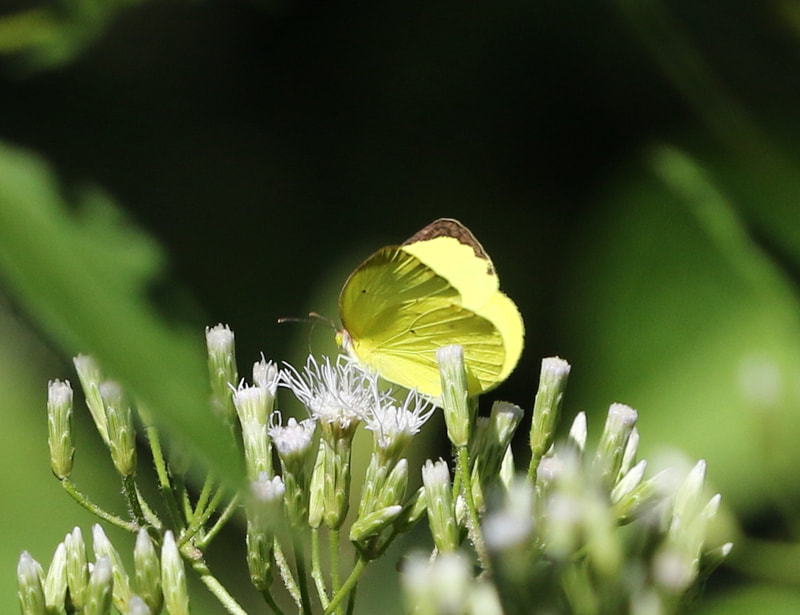


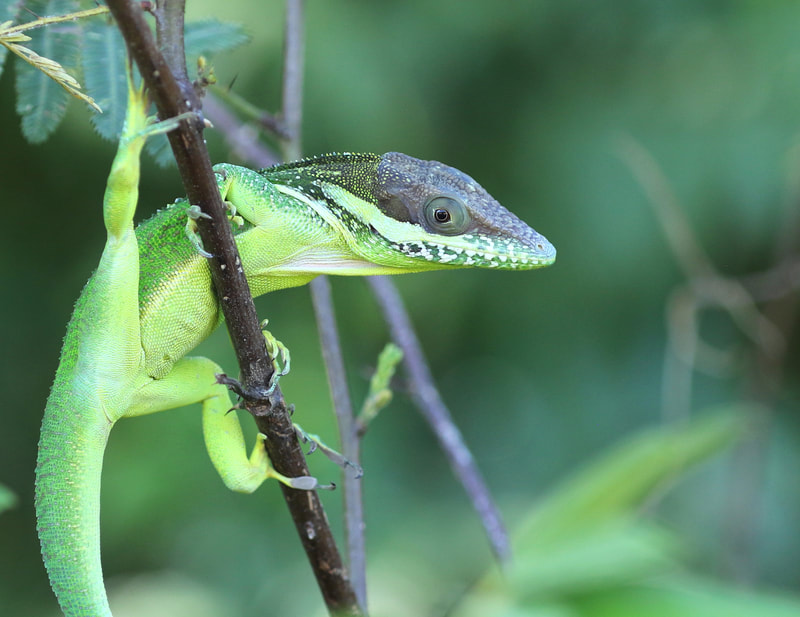


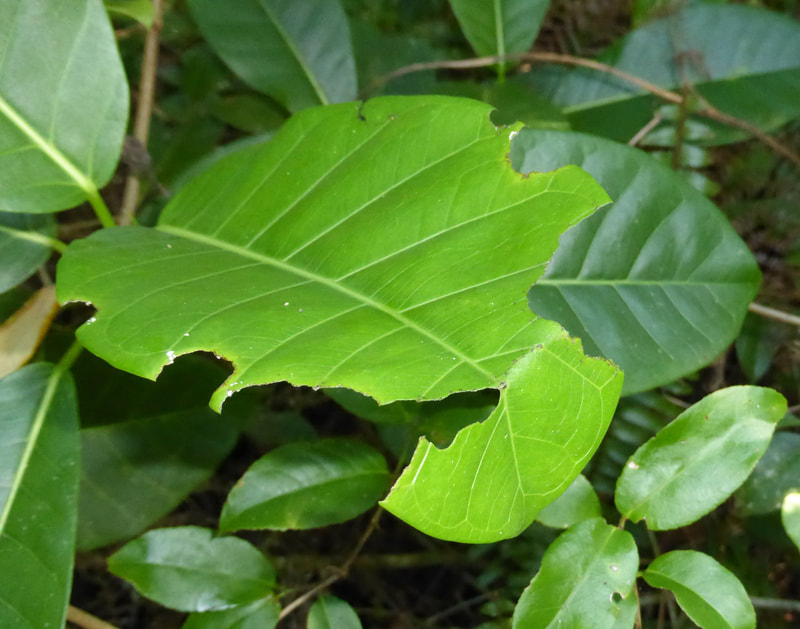
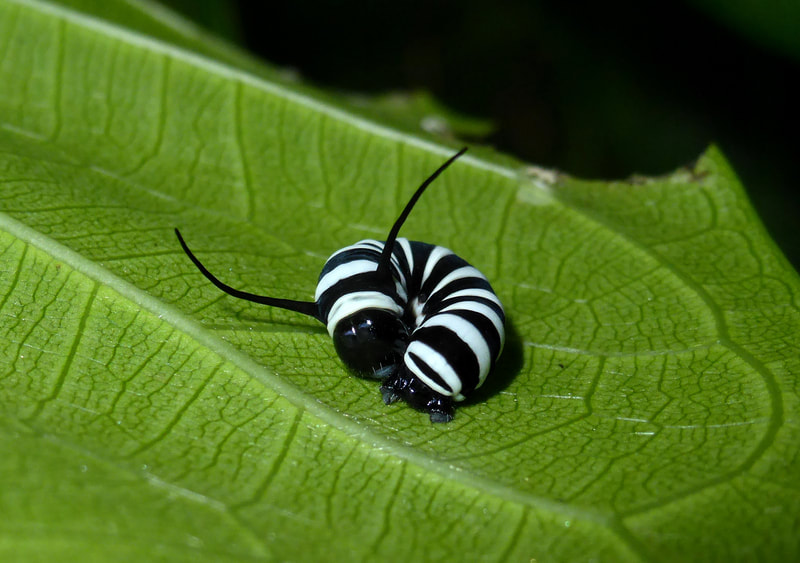






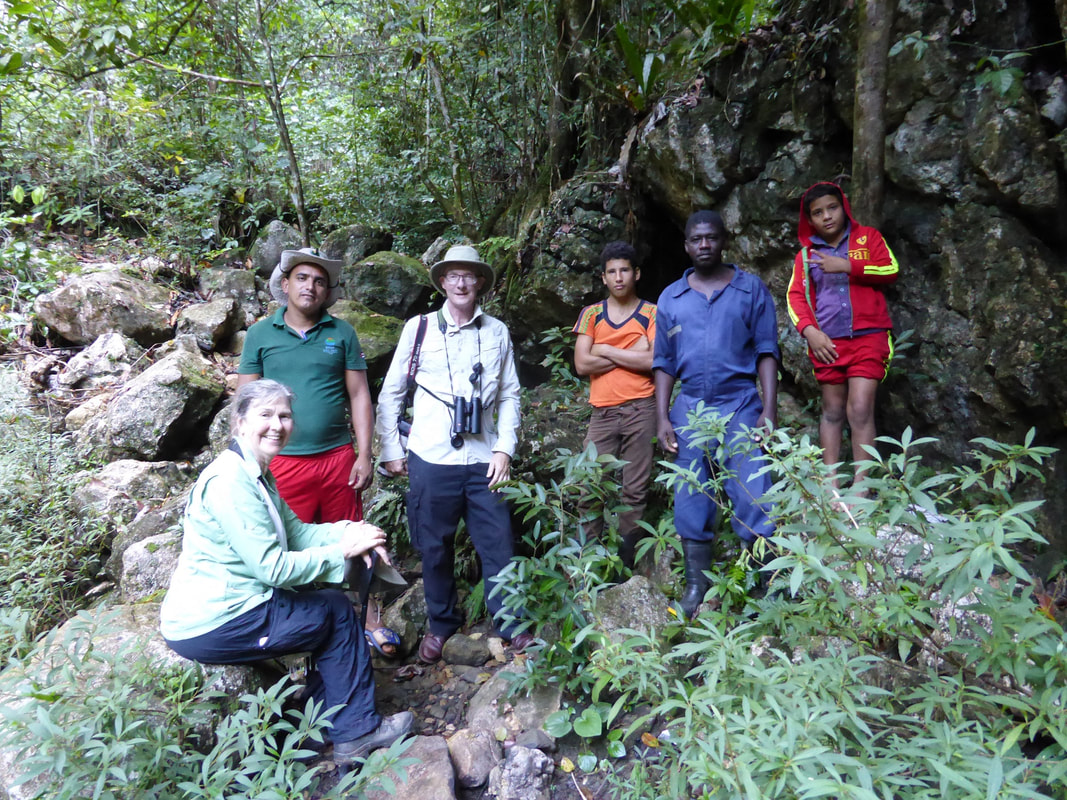











 RSS Feed
RSS Feed